Linking Data Interoperability to Student Success
"Teachers may not understand data interoperability, but they get excited when you can simplify what they do"
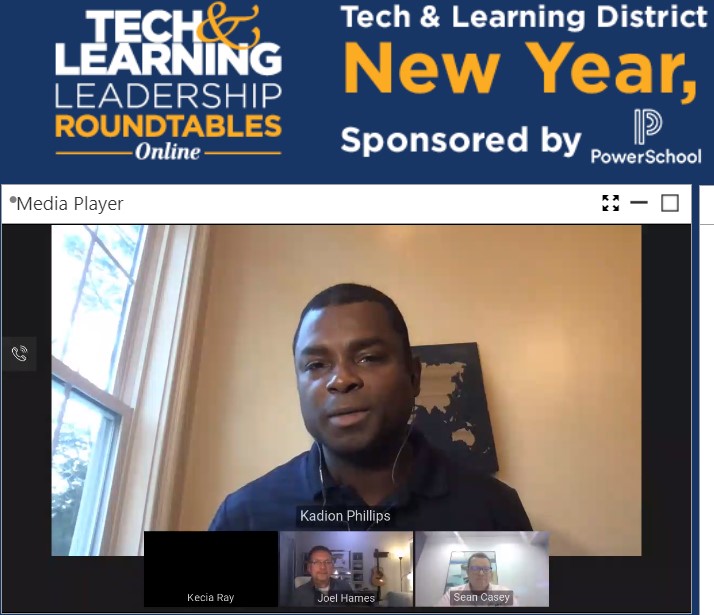
In this new era of remote learning, having secure access to reliable data is key to measuring the engagement of our students -- whether they are learning online, face-to-face, or in a blended model.
In this Tech & Learning Lunch ‘n Learn webinar, Dr. Kecia Ray talked with thought leaders about how schools can ensure all of their technology works together seamlessly so teachers can deliver personalized learning, identify and address learning gaps, manage hybrid scheduling and attendance, and more.
Watch the on-demand version here
Key Takeaways
Simplification is key. The proliferation of technology has been on a trajectory for the past 30 years has seen an increase in complexity, said Joel Hames, VP Product for PowerSchool. He pointed out that 74% of districts now use more than 26 different edtech products or platforms.
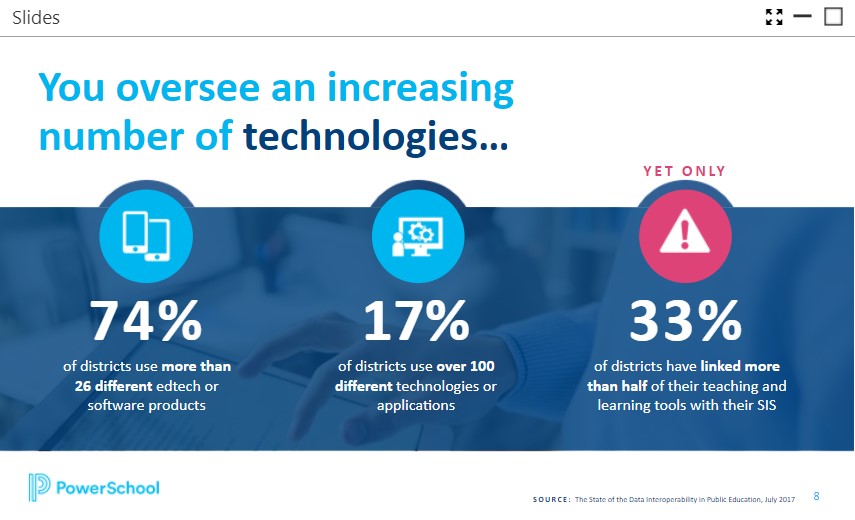
“It makes for a complicated ecosystem for schools to navigate,” said Hames. Having a complex system and platforms that aren’t connected means more work for teachers and students, which takes away from learning time.
“You will never have less data than you do now,” said Sean Casey, Strategic Partnerships, Ed-Fi Alliance, who agreed that having so much complexity is a challenge for everyone.
Casey said the “secret sauce” they’ve is focusing on use case, and by combining technology and educational leadership to focus on specific problems, such as absenteeism in one school, for example, wins can be stacked toward solving larger issues in education, such as truancy. By bringing data from various sources into one place, or on one platform, it can be used in an apples-to-apples way so it can be leveraged to solve similar use cases.
Tools and ideas to transform education. Sign up below.
“Teachers may not understand interoperability, but they get excited when you can simplify what they do,” said Hames. By simplifying things, you can galvanize everyone around a common cause.
Working together. When it comes to finding solutions to common problems, Hames pointed to three critical success factors.
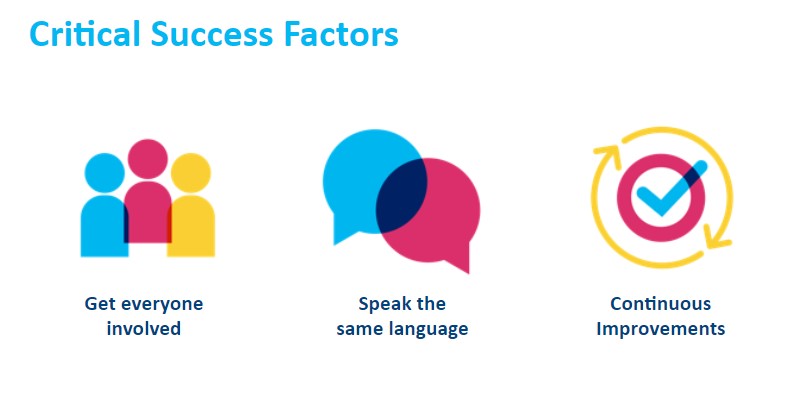
“If you can embed with and really connect with the end users, then you can really gain insight on how to use data to help students,” he said, encouraging educators to leverage what they can from other districts who have solved the same kinds of problems before. He reminded educators that they’re not alone and that there are many other LEAs who are solving or facing similar problems.
“Many hands make light work,” Hames said. “We can solve some large-scale problems as a field and solve them as a community working together.” When working together, the group can bounce ideas off one another and allow the best practices to emerge.
Hames also encouraged educators to rally around their priorities to determine what problem they are trying to solve. “Once you zero in on that, then you can determine what data you need to solve that, and then find the tools that support that,” he said.
Change doesn’t have to hurt. When Oxford Public Schools in Massachusetts started looking for an SIS system to combine with its existing SPED system, interoperability was a key focus so that data could easily flow between the systems, said Kadion Phillips, Director of Technology for Oxford Public Schools.
Phillips discussed the district’s top challenges in this situation.
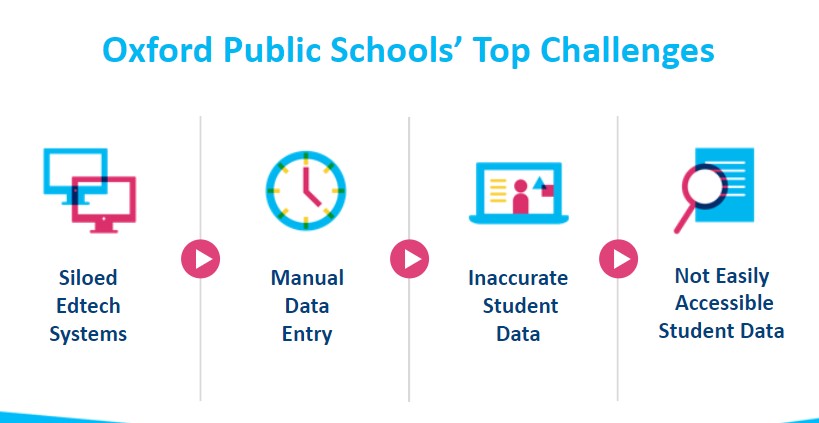
And then how having data interoperability helped to solve these challenges.
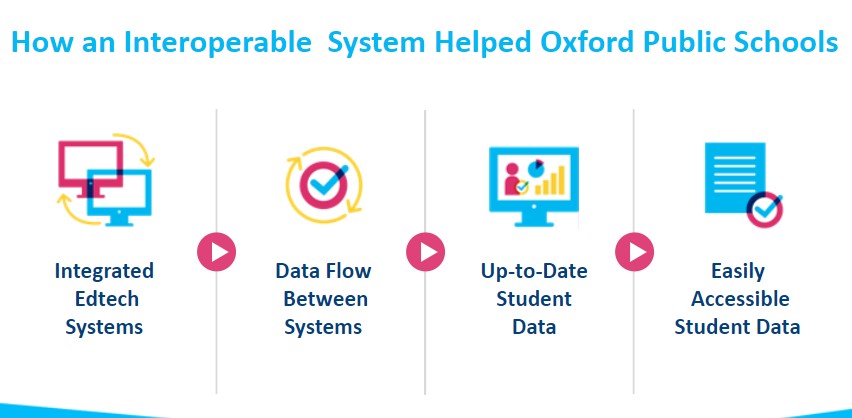
“Changing over from any system is painful,” Phillips said, although he said by doing it in phases eased some of the bumps along the way. Opting for interoperability, however, will provide a good return on investment, especially for the district’s families. “We can bring in tech, but we first have to make sure it’s going to be actually useful for all our constituents,” he said.
Students first. “Any effort to tie together or implement technology needs to make life better for your students first,” said Hames. The improvement for students that will result from any change you make is a point to rally around.
Echoing that sentiment, Casey added that if district leaders and IT personnel also don’t figure out how to leverage the data that comes from implementing interoperability, a large burden of that is going to fall on the shoulders of teachers. “We have to make our data work for us otherwise it will become this untenable thing for the people we absolutely don’t want it to fall on,” Casey said. “They don’t need more on their plates.”

Lunch 'n Learn with Tech & Learning
We hope you can join us for this District Leadership Lunch ‘n Learn Roundtable series, hosted by Dr. Kecia Ray. In this series, districts from across the U.S. share their strategic plans, the challenges they are facing, and the creative solutions they are using to support students and teachers. Register for our upcoming events here.
More from T&L: Lunch 'n Learn roundtable recaps
Ray Bendici is the Managing Editor of Tech & Learning and Tech & Learning University. He is an award-winning journalist/editor, with more than 20 years of experience, including a specific focus on education.
